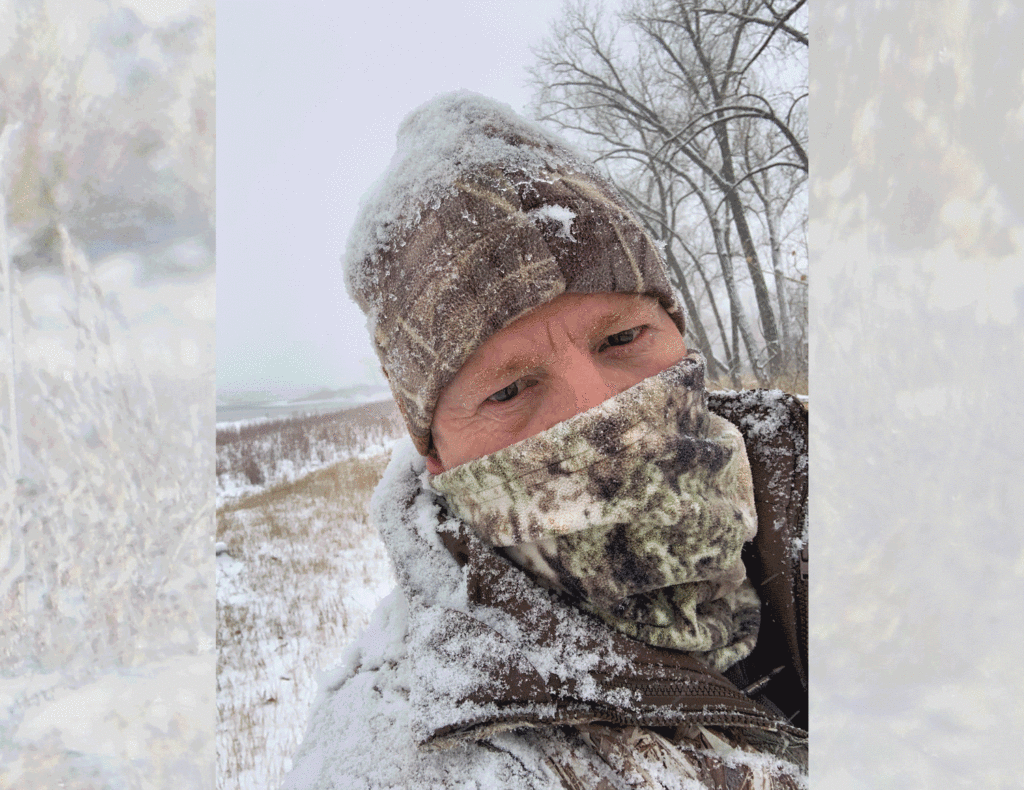
Dan Young has been represented by Ann Korologos Gallery for more than thirty years. A long-time resident of Silt, Colorado, Young’s landscape impressions depict moments and moods witnessed through careful observation. Over the years Young has mastered the challenges posed by painting on location regardless of the season, and some of the neighbors he encounters. Above, enjoy a few shots of Dan in snow or in the field, take a glimpse at his incredible wildlife photography, and paintings that have come out of the day. Young has earned a reputation as one of Colorado’s premier landscape artists. Painting landscapes for decades comes with some lessons, and the artist shared some of his lessons:
The former illustrator applies the design principal, “K.I.S.S.” – Keep it Simple, Stupid – that encourages simplicity and clarity in problem-solving and design. The impressionist landscape painter strives to keep it simple, to make suggestions. Through decades of trial and error, the artist has realized “how simple it can be” for the subject to read. When painting water, he explains, the subject is very complex, so you have to learn what to share, how to get all those things to work together. There’s the color of the water: clear or muddy; there’s the reflections: sky or landscapes; there’s what you see beneath the water: rocks or fish or mud; then there’s the movement of the water: it roles and moves, the reflections change, the depth is visible or blocked. So, how can you keep it simple?
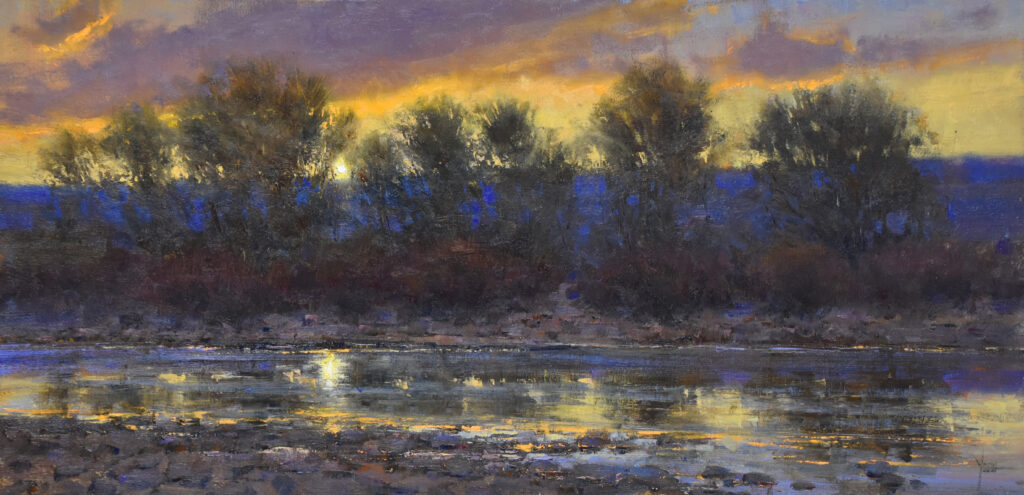
A painter of light, Young rarely misses a sunrise or sunset. “I go back to observation,” he says in response to the secret of painting early mornings or winter landscapes. “Just watching what’s going on: how things react; how the colors change; how different the colors can be. So many people paint with the same palette, because it works, but the reality is, if you really observe it, it’s different each time, in each season, in every temperature.” And, along the way, he often witnesses, and captures with his camera, incredible wildlife moments.

In his early days as a painter, Young would go out with the “obvious” in mind: the perfect mountain, the perfect river, the perfect composition. Now, he “wanders” with open eyes and an open mind. He sees what he notices; he closely observes; he watches the light change; he watches the clouds take form and dissipate; he sketches compositions and paints a quick study, but he’s not afraid to change what he finds to lead the viewer even deeper into a moment.
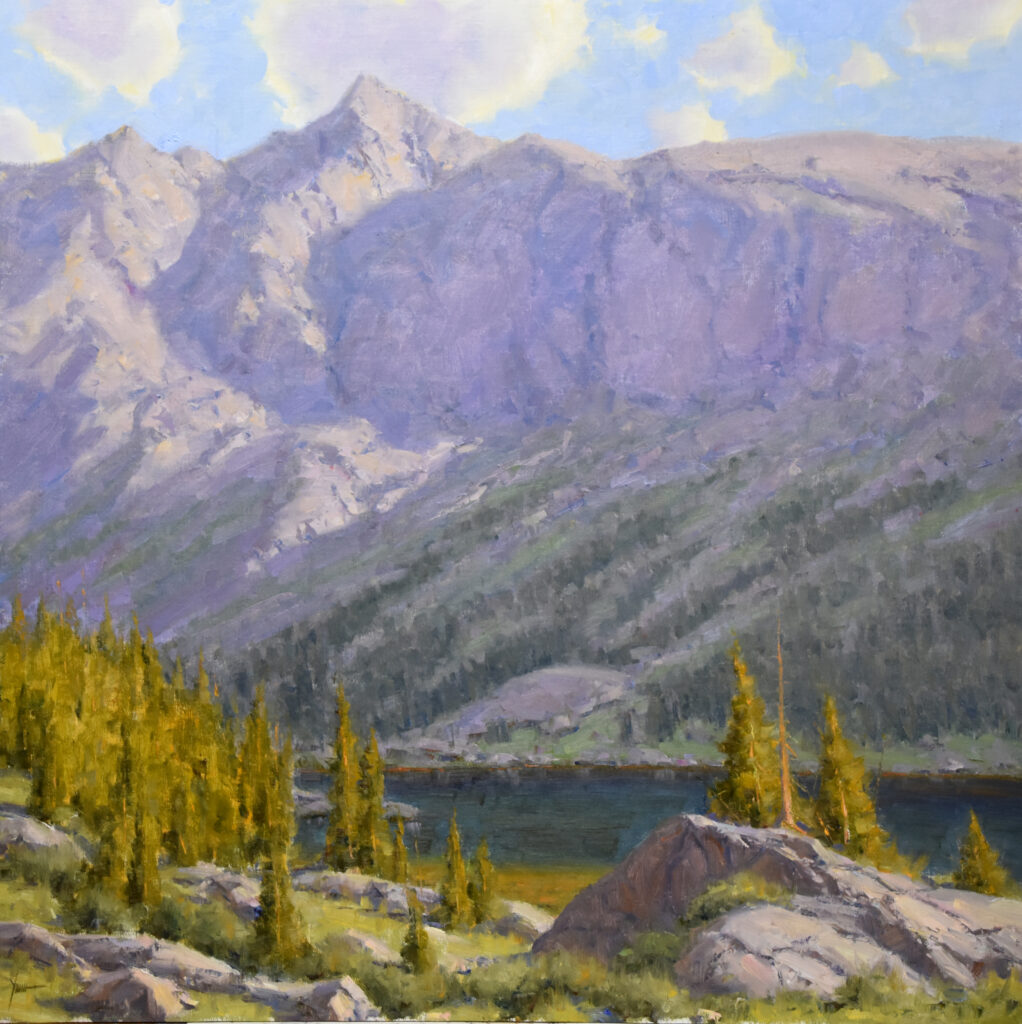
Young started as an illustrator, so depicting reality is not a challenge for the artist. Collectors love to know which peak, which angle, which place a painting is depicting. And while there’s certainly an inspiration, and sometimes a specific place, he often jokes, “There may have been a little artistic license in that one, but I have one, so it’s all good.”
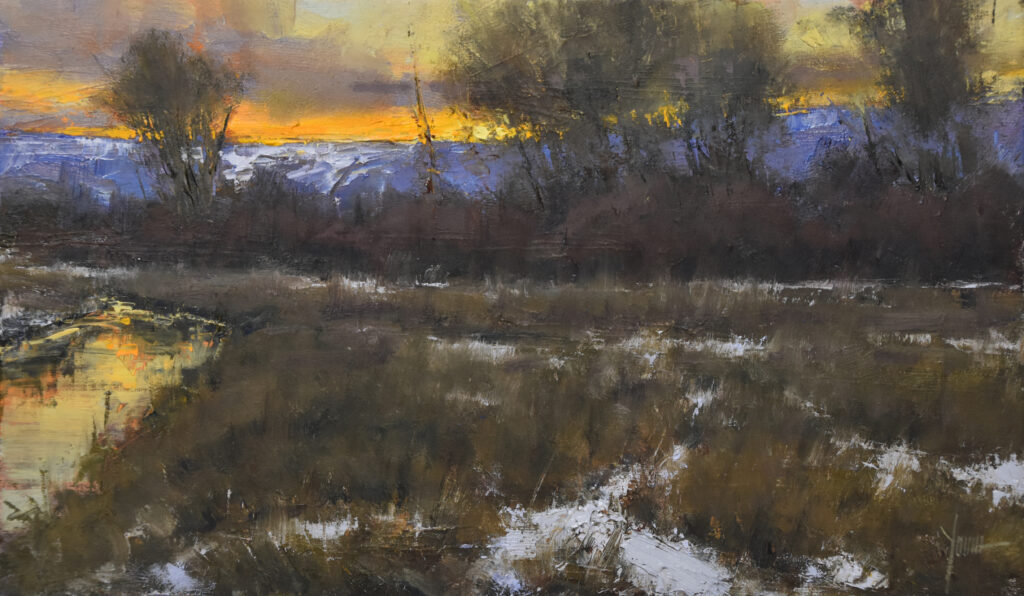
“It’s amazing the colors you’ll see when you look at snow in the moonlight,” starts Young. “If you get the value right, you’ll be surprised at how far you can push the color.” Some might be higher key or lower key, and he always pushes how dark he can paint the snow, or how light he can paint a moonlit landscape.
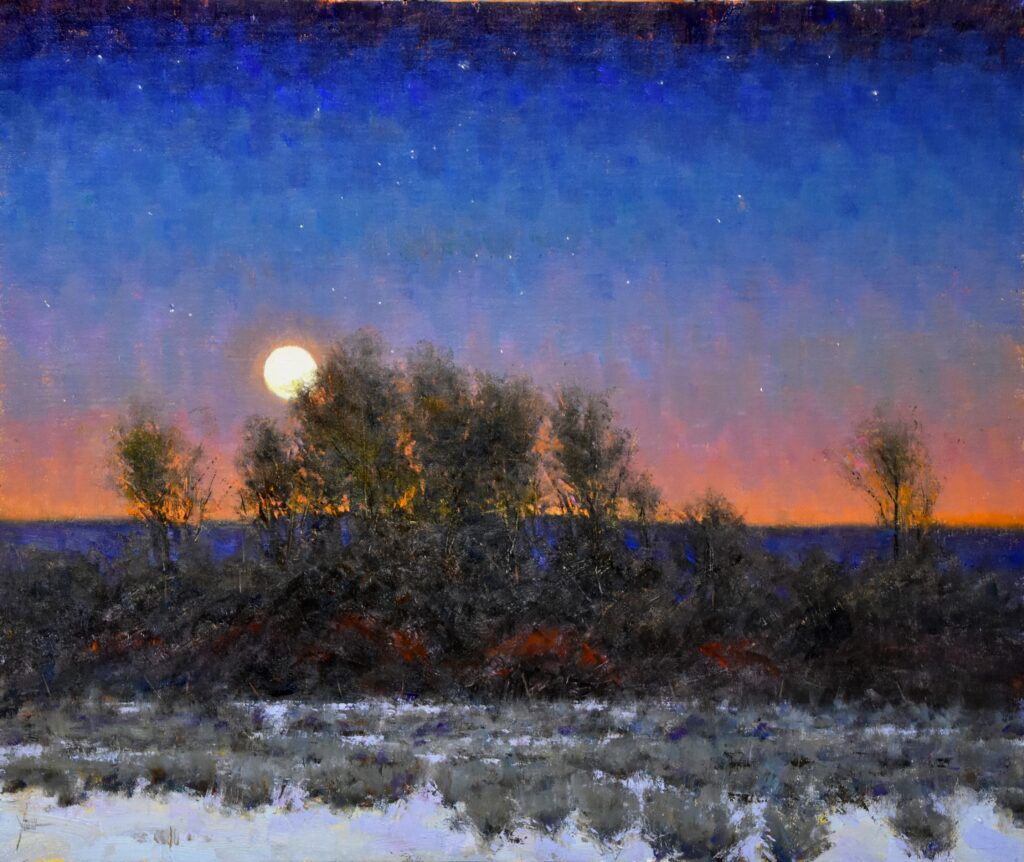
The late James Reynolds often told Young, “Don’t get attached to a hot lick,” meaning, if you paint something amazing once, don’t stick to it, you’re going to get burned. It’s a quip he’s come to paint by, always seeking something new.
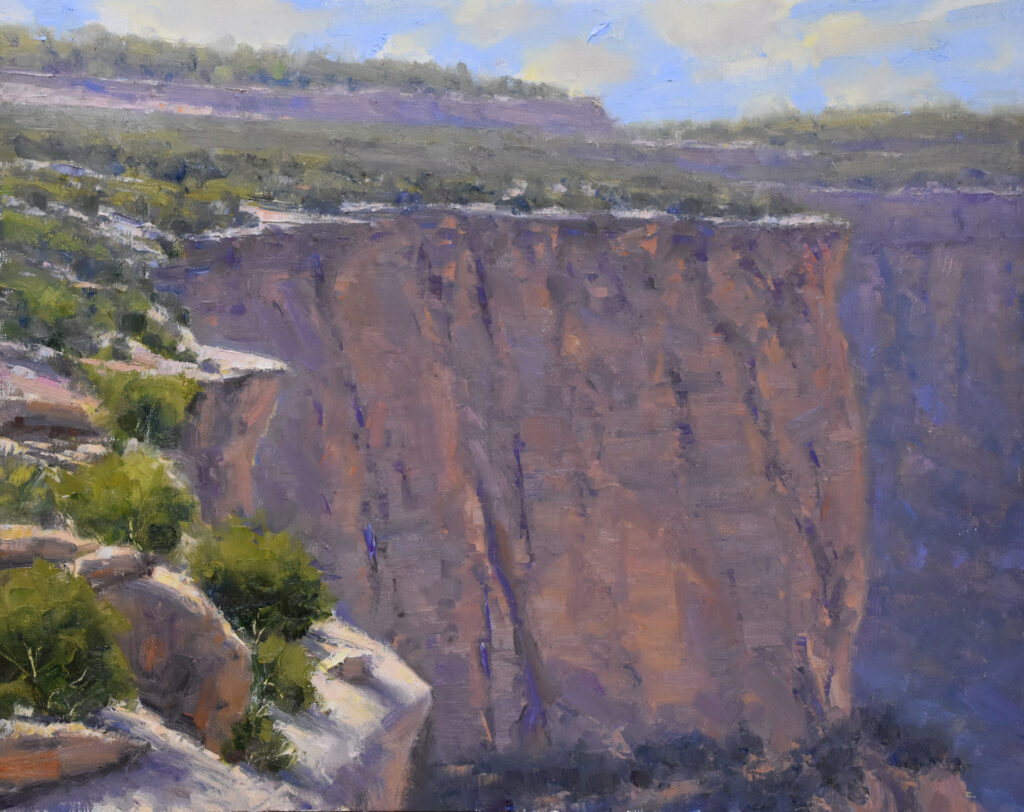
“I’ve spent so much time outside painting and the wildlife was always around,” shares Dan Young of his wildlife photography. “Over time I realized how little interest they had in me while I was standing there painting and would sometime walk right up to me and just pass by. I’ve always taken photos of everything outside. I enjoy watching wildlife and decided I should photograph some of the wildlife encounters I was seeing. Then I went down a deep rabbit hole! The more I did it the more I learned and I was continually challenging myself to get a better shot – a “Cover Shot,” as I like to say. Now I have the best of both worlds. Some days it’s critters and some days I find paintings! On a good day, I find both.